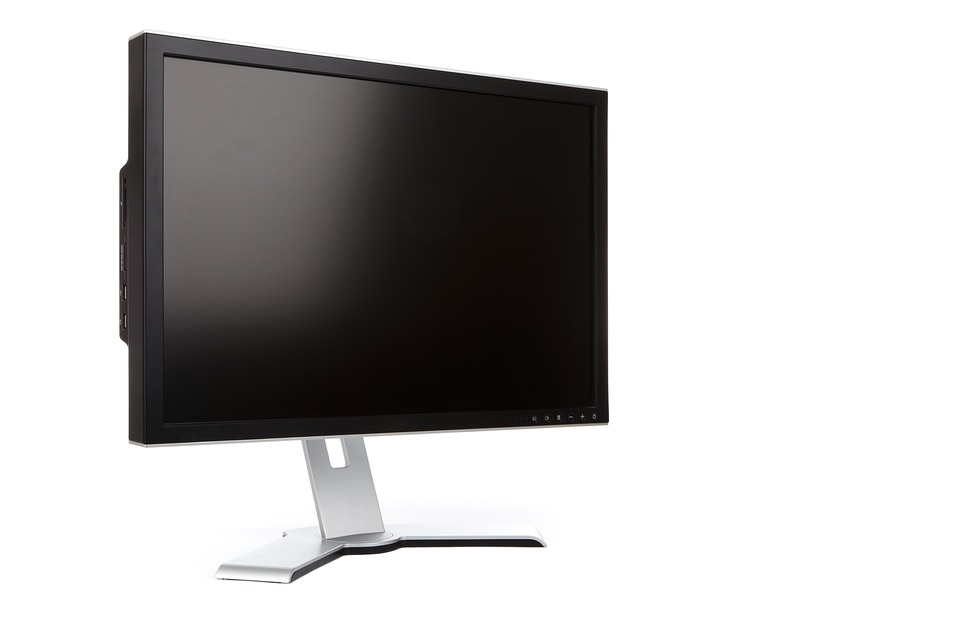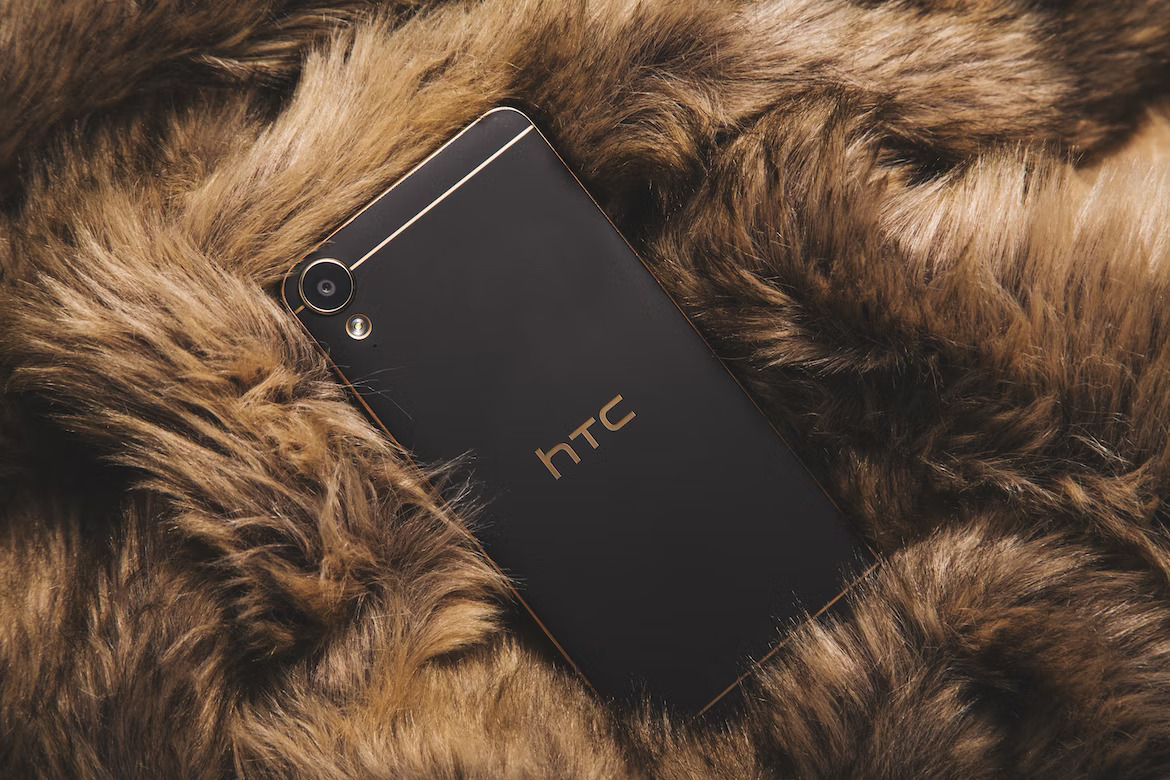These days, a good quality home cinema setup is considered essential if you’re looking to enjoy great movies and television shows on your own terms. The best TVs are often the more expensive ones, but it doesn’t always mean they’ll...
Read More

These days, a good quality home cinema setup is considered essential if you’re looking to enjoy great movies and television shows on your own terms. The best TVs are often the more expensive ones, but it doesn’t always mean they’ll...
Read MoreOLEDs have the ability to last up to 30 times longer than standard bulbs. This means you won’t need to change them nearly as often, which will save you money. The lifespan is also much higher because of the fact...
Read MoreFAQ 1. What is an “O” led? An “O” led is a type of light-emitting diode (LED). LEDs are very energy efficient and last much longer than incandescent bulbs. 2. Is there anything wrong with CFLs? It’s true that some...
Read MoreDrawbacks One of the biggest problems is its high power consumption. It’s also difficult to make sure all the parts in the lampwork properly together. As well, LEDs require a lot of space because they are quite small compared to...
Read MoreBenefits Of Oled: The benefits of using OLED technology are wide and include the following: Energy-efficient OLED screens consume less power while producing the same amount of brightness. Therefore it saves your battery life. It works for hours without needing...
Read MoreOLED is a type of light-emitting diode that was invented in 1989 and has been widely adopted for its small size, flexibility, low power consumption, long lifespan, and high brightness. The key features of OLED are its thinness, lightweight, and...
Read MoreLG Electronics is one of the largest producers of electronics in the world. The company also makes TVs, computer monitors, cell phones, microwave ovens, and a lot of other electronic products. LG was founded in 1969 by Soon-Shik Oh. The...
Read MoreLG Corporation is the world’s fourth-largest global electronics manufacturer. In terms of production, LG is ranked among the top five global manufacturers of flat panel TVs, mobile phones, and LCDs. Its subsidiaries include LG Electronics Inc., which manufactures consumer electronics and mobile devices; LG Chemicals,...
Read MoreIn 2000, LG acquired the assets of Daewoo Electronics. Today, LG is a leading electronics manufacturer, and it has more than 33 operating companies in 30 countries. LG is headquartered in Seoul, South Korea. Koo In-hwoi has always worked to...
Read MoreLG is a leading South Korean conglomerate. LG was founded by Koo In-hwoi in 1983. He had the vision to form a big company by acquiring a large number of companies, and he has been striving to achieve this vision...
Read MoreDuring 2013, HTC made a number of announcements that, however, didn’t have much impact on the company’s fortunes. In May 2013, the HTC One launched, which proved to be a hit among buyers in Europe and Asia, but HTC sold...
Read MoreOn May 12, 2010, the company officially announced the launch of its flagship smartphone, the HTC Sensation 4G. A great post In December 2010, HTC launched the HTC Evo 3D, the first phone that uses 3D technology. smartphone in Shanghai, China. The company launched...
Read MoreThe Taoist has an unusual screen. Instead of a regular LCD display, it has a monochrome, touch-sensitive panel. HTC started out as one of the best smartphone vendors. It was the leader in the smartphone industry for a long time....
Read More
HTC manufactures a wide range of consumer electronic products, including cell phones, tablets, personal computers, and digital cameras. HTC has been a major player in the smartphone market, producing high-end devices with Android software. The company’s strategy is to develop...
Read MoreApple released iOS 13 and its iOS app ecosystem for the iPhone, iPad, and iPod touch on September 19, 2019. The iOS 13 operating system is available for the iPhone 11, iPhone 11 Pro, and iPhone 11 Pro Max. It...
Read More